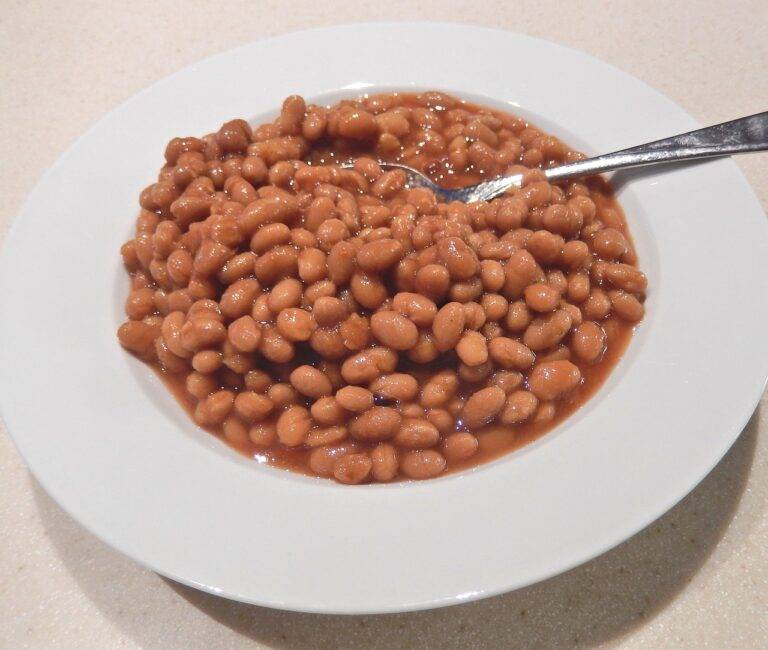The Art of Food Presentation: Tips from Chefs
The presentation of food plays a crucial role in the overall dining experience. When a dish is visually appealing, it automatically increases the anticipation and enjoyment of the meal. The colors, textures, and arrangement of the food on the plate can stimulate the senses and create a lasting impression on the diner.
Moreover, well-presented food not only enhances the aesthetic appeal but also reflects the care and attention to detail put into its preparation. A beautifully plated dish showcases the chef’s skills and creativity, elevating the dining experience from ordinary to extraordinary. Additionally, thoughtful presentation can evoke emotions and memories, adding an element of storytelling to the meal that goes beyond just taste.
How to Choose the Right Plate
When it comes to selecting the perfect plate for your dish, there are several factors to consider. The first consideration is the size of the plate in relation to the portion size of the food you will be serving. A small plate can make a large portion of food look overwhelming, while a large plate with a small portion may appear inadequate.
Another important aspect to think about is the color and design of the plate. White plates are a popular choice as they provide a clean and elegant backdrop for the food, allowing the colors of the dish to stand out. However, depending on the aesthetic you want to achieve, you may opt for plates with intricate patterns or bold colors to add visual interest to your presentation.
• Size of the plate in relation to portion size
• Color and design of the plate
◦ White plates for clean and elegant backdrop
◦ Intricate patterns or bold colors for visual interest
The Importance of Garnishes
Adding garnishes to a dish not only enhances its visual appeal but also plays a crucial role in elevating its overall taste. Garnishes can range from simple herbs and microgreens to intricate designs made from fruits and vegetables. The careful selection and placement of garnishes can transform a plain plate of food into a masterpiece that not only pleases the eyes but also tantalizes the taste buds.
The importance of garnishes lies in their ability to provide contrast in texture and flavor, completing the sensory experience of a dish. A sprig of fresh herb or a sprinkle of citrus zest can add a burst of freshness to a rich and savory main course, creating a harmonious balance of flavors. Additionally, garnishes can serve a functional purpose, such as adding a pop of color to an otherwise monochromatic dish or highlighting key ingredients for visual appeal.
Why does presentation matter in food?
Presentation matters in food because it enhances the overall dining experience. A well-presented dish can entice the senses and make the meal more enjoyable.
How do I choose the right plate for my dish?
When choosing a plate for your dish, consider the size and shape of the food, as well as the overall aesthetic you are trying to achieve. Select a plate that complements the colors and textures of the food.
What is the importance of garnishes?
Garnishes not only add visual appeal to a dish, but they also enhance the flavors and textures of the food. They can elevate a simple dish to a gourmet experience.
What are some common types of garnishes?
Common types of garnishes include herbs, citrus zest, edible flowers, nuts, and sauces. These garnishes can add color, flavor, and texture to a dish.





